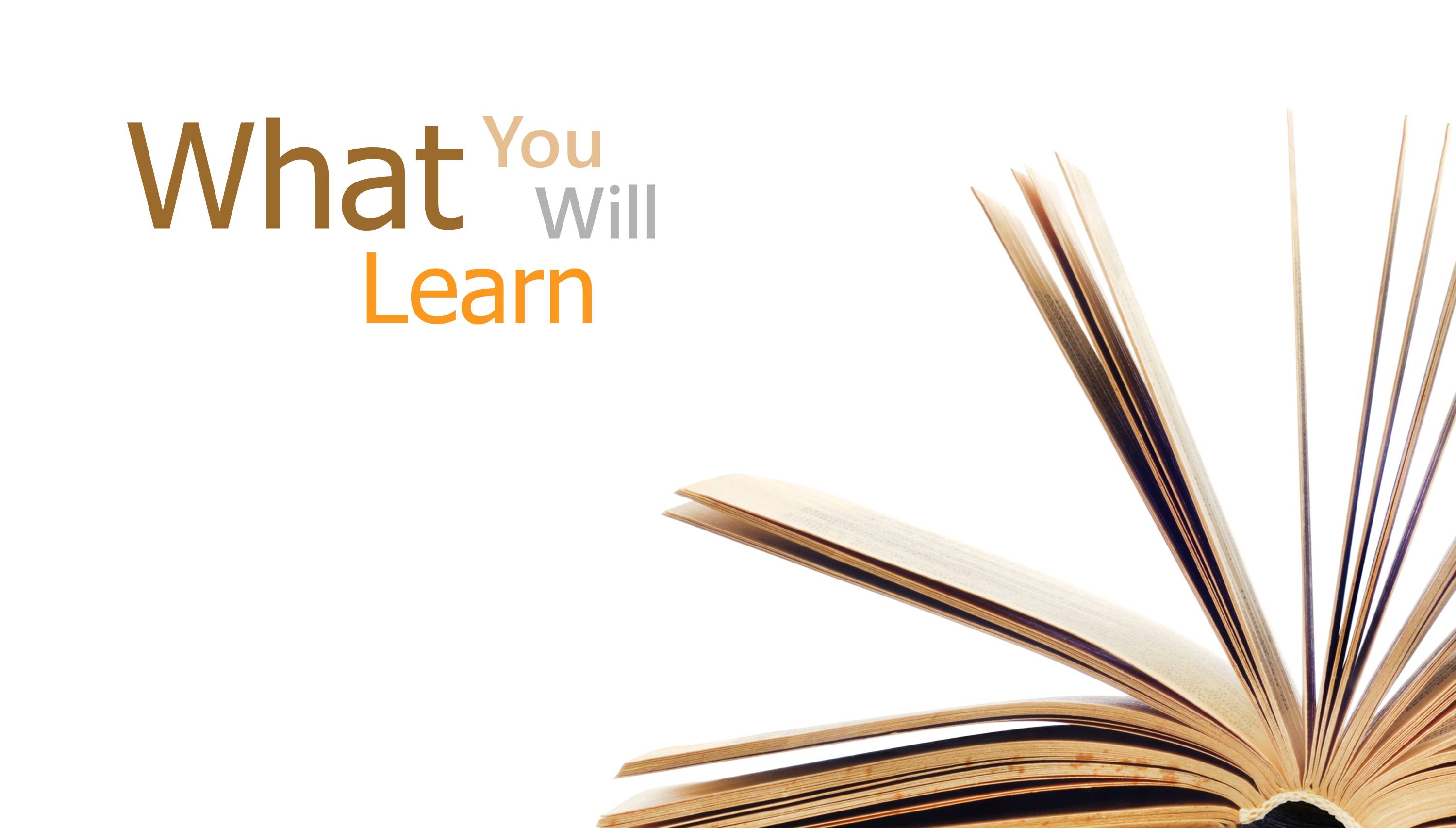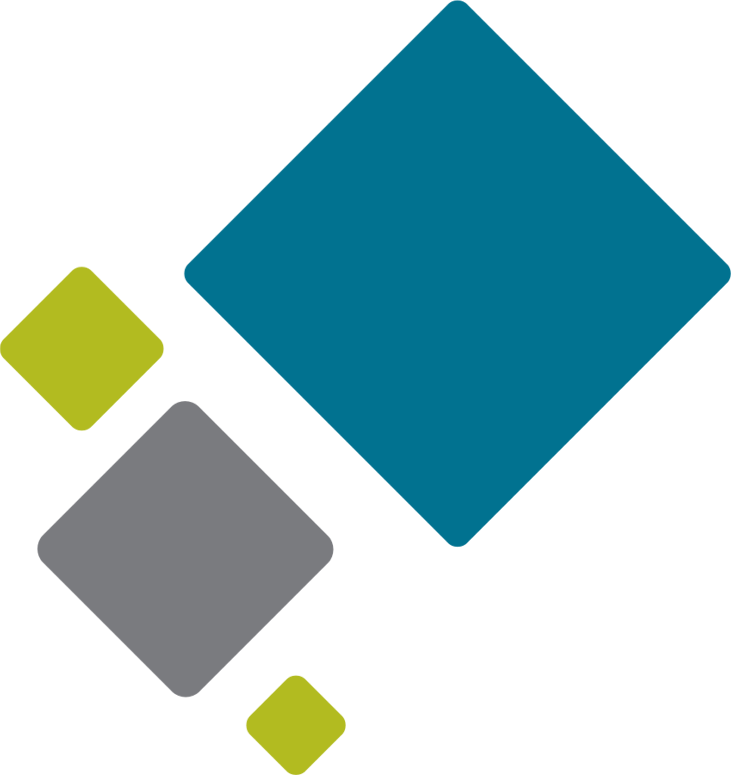
Writing Great Content
You know your subject well, but when it’s time to write content that connects with the public, things can get tricky. You may find yourself rewriting the same sentence repeatedly, trying to strike the right tone. Even with effort, your message may fall flat—readers skim past important points, miss key information, or stop reading altogether. Whether you're writing a newsletter, web page, or program flyer, it's frustrating when your writing doesn’t resonate or get results.
This kind of writing isn’t the same as typical business communication. Public-facing content must be engaging, easy to navigate, and written in plain, accessible language. If your content is dense or unclear, it can confuse readers or discourage them from continuing. This is especially true for audiences with varying literacy levels or accessibility needs. Inclusive, well-structured writing helps ensure your message is understood and reaches the intended audience.
This workshop gives you practical tools to write public content more clearly and purposefully. You’ll learn how to plan and organize your ideas, write with a reader-first mindset, and adapt your message for different formats like newsletters, web content, and brochures. You’ll also explore using plain language and inclusive design to make your content easier to read and more effective.
By the end of the session, you’ll be more confident crafting content that resonates with public audiences and gets your message across. You’ll have tools to make your writing process easier, improve how your message is received, and strengthen your organization’s communication with the people it serves.

- Identify what content writing is and the unique characteristics of each content format.
- Define the purpose and goals for your content pieces.
- Apply content writing basics like researching, planning, and writing to create accurate and relevant content.
- Plan content by asking the right questions to better connect with your audience.
- Identify techniques to capture your readers’ attention and interest.
- Interpret digital body language to refine content based on user behaviour and engagement.
- Organize your content so readers can find what they need quickly.
- Use verbs and phrasing that prompt action and improve clarity.
- Use inclusive and accessible language to ensure content reaches a diverse audience.

This workshop is for professionals who develop public-facing content and want to make it more engaging, accessible, and easy to follow. This session will help you build skills and confidence to write content that works for your audience.
You should attend if you
- Know your content well but struggle to put it into words that resonate with your audience
- Spend too much time rewriting or second-guessing your writing decisions
- Want to create content that captures attention and prompts action
- Are unsure how to adapt your writing for different formats or audiences
- Need a stronger foundation in planning, organizing, and refining workplace content
- Work in roles where written communication supports outreach, engagement, or internal alignment
By the end of the session, you’ll approach writing with greater confidence and a stronger sense of purpose. You’ll have practical tools to write clearly and effectively, making connecting with your readers and supporting your organization’s communication goals easier.

This workshop uses real-world examples and writing practice to help you build skill and confidence in creating content that’s clear, engaging, and accessible. Through guided exercises, peer review, and structured discussions, you’ll apply techniques for improving clarity, voice, and layout. You’ll have the chance to revise your own work and explore how small changes in language and structure can make a big difference.
You’ll also take away a practical workbook with tools, examples, and checklists to use back on the job.
Workshop activities include
- Reviewing examples of clear and unclear content
- Practising content rewrites for readability and flow
- Adapting tone and voice for different audiences
- Structuring information for scannability and emphasis
- Participating in group review and discussion
- Creating an action plan for applying content strategies


